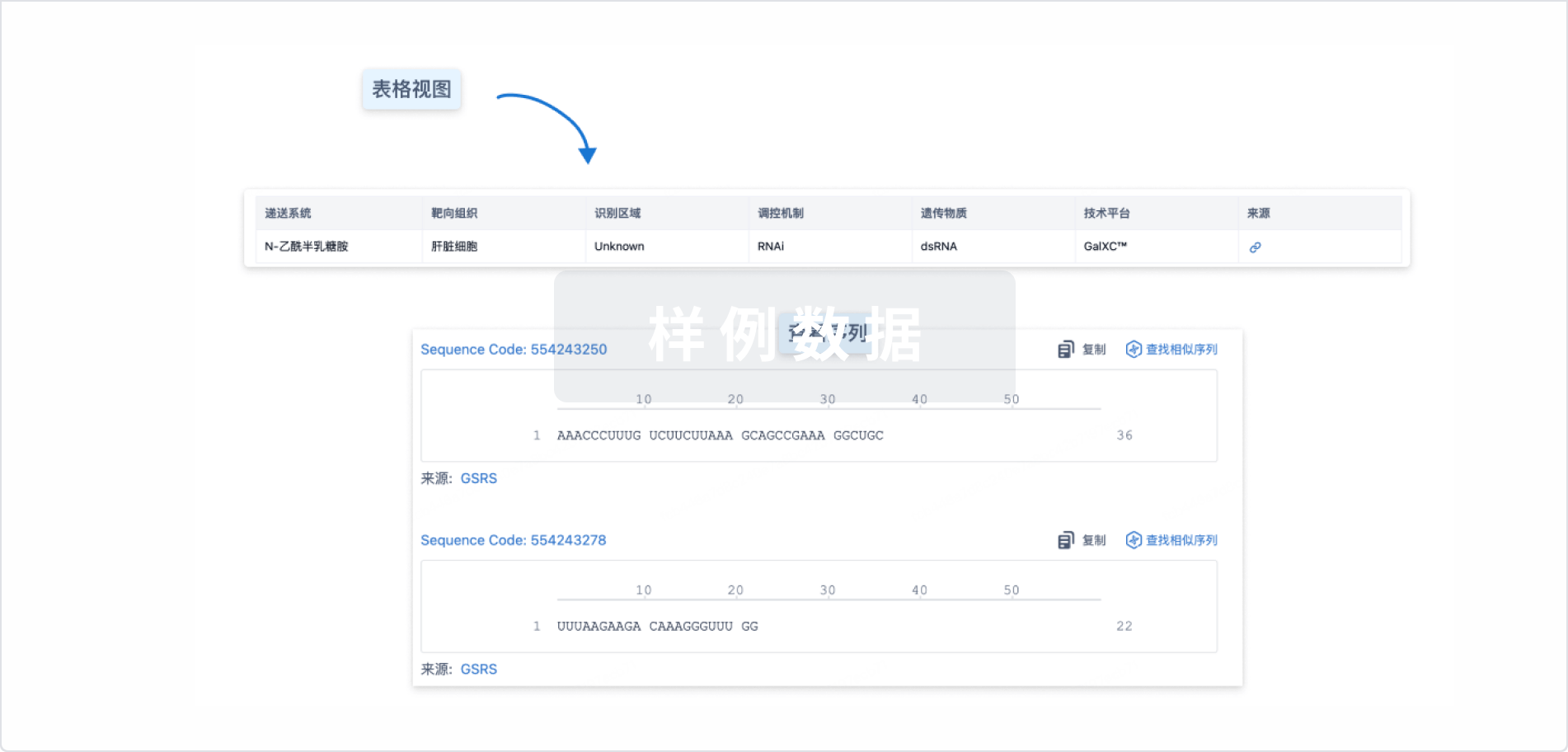For SMA patients with only two SMN2 copies, available therapies might be insufficient to counteract lifelong motor neuron (MN) dysfunction. Therefore, additional SMN-independent compounds, supporting SMN-dependent therapies, might be beneficial. Neurocalcin delta (NCALD) reduction, an SMA protective genetic modifier, ameliorates SMA across species. In a low-dose SMN-ASO-treated severe SMA mouse model, presymptomatic intracerebroventricular (i.c.v.) injection of Ncald-ASO at postnatal day 2 (PND2) significantly ameliorates histological and electrophysiological SMA hallmarks at PND21. However, contrary to SMN-ASOs, Ncald-ASOs show a shorter duration of action limiting a long-term benefit. Here, we investigated the longer-term effect of Ncald-ASOs by additional i.c.v. bolus injection at PND28. Two weeks after injection of 500 µg Ncald-ASO in wild-type mice, NCALD was significantly reduced in the brain and spinal cord and well tolerated. Next, we performed a double-blinded preclinical study combining low-dose SMN-ASO (PND1) with 2× i.c.v. Ncald-ASO or CTRL-ASO (100 µg at PND2, 500 µg at PND28). Ncald-ASO re-injection significantly ameliorated electrophysiological defects and NMJ denervation at 2 months. Moreover, we developed and identified a non-toxic and highly efficient human NCALD-ASO that significantly reduced NCALD in hiPSC-derived MNs. This improved both neuronal activity and growth cone maturation of SMA MNs, emphasizing the additional protective effect of NCALD-ASO treatment.







